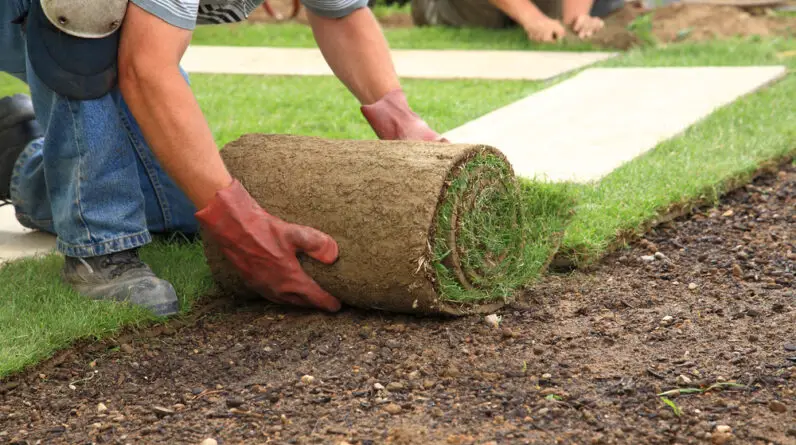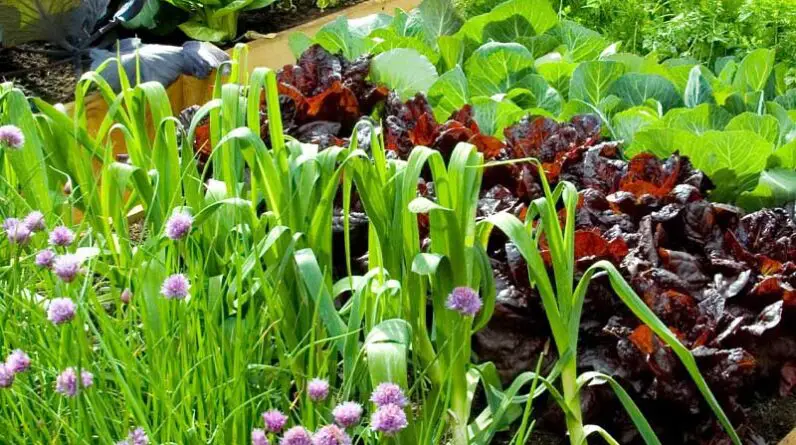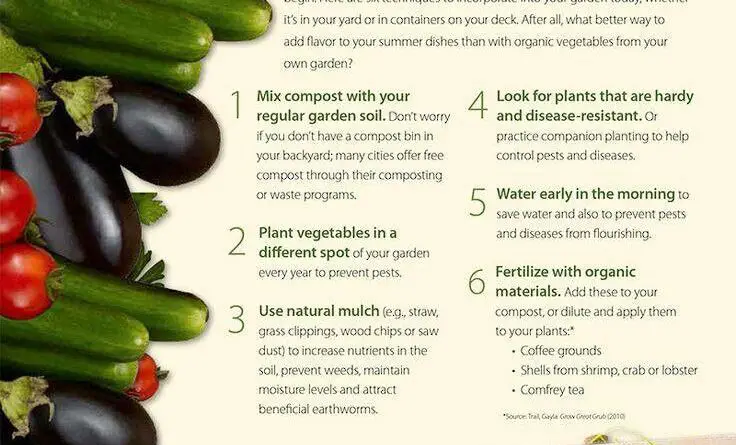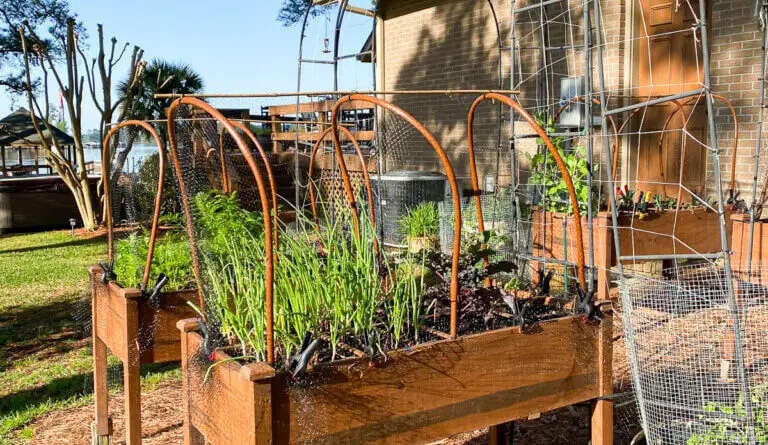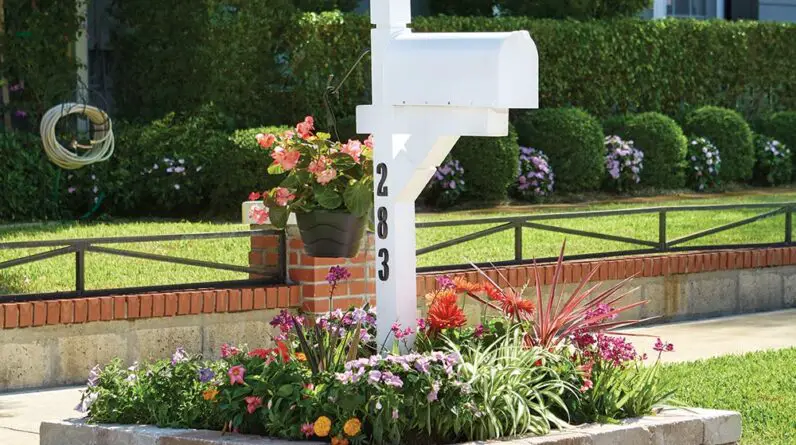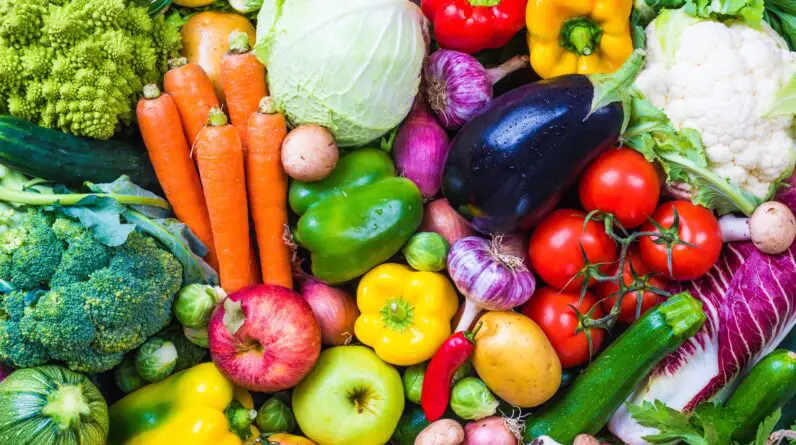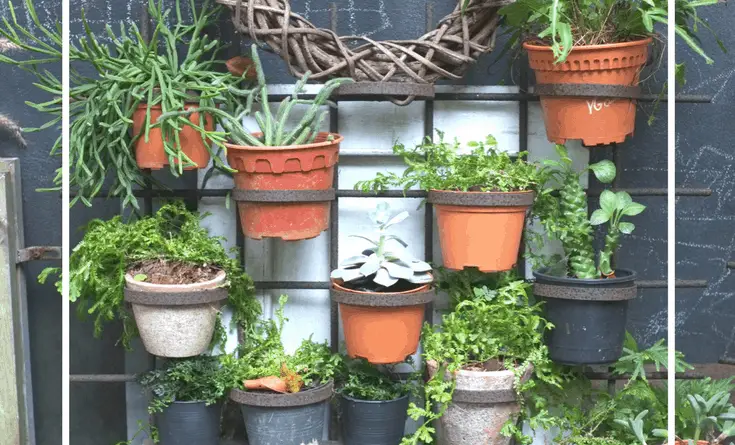
Introduction
As a passionate gardener, I understand the frustration of not having enough space to cultivate my green thumb. However, with some creativity and innovative gardening ideas, even the tiniest of spaces can be transformed into a flourishing garden. In this article, I will share some valuable insights and tips on how to make the most of small spaces for gardening.
Why gardening in small spaces is important
Gardening in small spaces is becoming increasingly important for several reasons. Firstly, it allows urban dwellers, who may not have access to large yards or gardens, to still enjoy the benefits of gardening. It also presents an opportunity for those living in apartments or condos to bring a touch of nature into their homes. Additionally, with the growing trend of sustainable living, gardening in small spaces can contribute to reducing food miles and promoting a healthier, more eco-friendly lifestyle.
Benefits of gardening in small spaces
Gardening in small spaces offers numerous benefits. One major advantage is the ability to maximize every inch of available space, creating a visually stunning and productive garden. Additionally, smaller gardens require less maintenance, making them ideal for busy individuals. Moreover, gardening in small spaces can provide a sense of tranquility and serenity, acting as a natural stress reliever.
With a little imagination and some clever techniques, anyone can transform a tiny balcony, windowsill, or even a corner of a room into a vibrant green oasis. In the following sections, I will delve into specific creative gardening ideas suitable for small spaces, covering vertical gardening, container gardening, and compact plant varieties that thrive in limited spaces. So let’s get started and turn those small areas into beautiful, thriving gardens!

This image is property of www.anikasdiylife.com.
Container Gardening
Container gardening is an excellent solution for those of us with limited space. By using containers, we can create beautiful gardens in even the smallest of areas. This section will provide you with helpful information on choosing the right containers, selecting ideal plants, and tips for a successful container garden.
Choosing the right containers
When it comes to container gardening, selecting the right containers is essential. Look for containers that are both functional and aesthetically pleasing. Consider the material, size, and drainage capabilities of the containers. Clay pots, hanging baskets, and even repurposed items like old buckets or wooden crates can make excellent choices.
Ideal plants for container gardening
Not all plants are suitable for container gardening. Opt for plants that have compact growth habits and do well in confined spaces. Herbs, salad greens, dwarf varieties of vegetables and fruits, and ornamental flowers are great options. Be sure to consider the amount of sunlight and water requirements for each plant.
Tips for successful container gardening
To ensure your container garden thrives, follow these tips. First, make sure your containers have proper drainage holes to prevent waterlogged roots. Use high-quality potting soil to provide nutrients and good drainage. Regularly monitor moisture levels and water accordingly, as containers tend to dry out faster than traditional gardens. Additionally, consider fertilizing your plants to promote healthy growth.
With these container gardening ideas and tips, you can create a stunning garden in even the smallest of spaces. Enhance your home with vibrant greenery and reap the rewards of your creative gardening efforts.

This image is property of i.pinimg.com.
Vertical Gardening
If you have a small space but still have the desire to garden, vertical gardening is the perfect solution for you. Utilizing the vertical space in your garden or even on your balcony can maximize your planting area and allow you to grow a variety of plants. There are different types of vertical gardening structures that you can choose from, depending on your space and preferences.
Different types of vertical gardening structures
One option is a trellis, which can be attached to a wall or fence, providing a support for vining plants such as cucumbers or tomatoes. Another option is a vertical garden tower, which consists of tiers of planting pockets, allowing you to grow a variety of herbs and flowers. Additionally, you can create a living wall by attaching containers or planters to a sturdy frame, giving your small space a beautiful and vibrant look.
Choosing the right plants for vertical gardening
When selecting plants for a vertical garden, consider the amount of sunlight your space receives and the type of structure you are using. Choose plants that are compact, vine or cascade downwards, or have shallow root systems. Examples include herbs like thyme and rosemary, trailing flowers like petunias, or vegetables such as lettuce and radishes.
Tips for maintaining a vertical garden
To ensure the success of your vertical garden, proper care is essential. Regular watering is crucial, as vertical gardens tend to dry out more quickly than traditional gardens. Additionally, consider using slow-release fertilizers or organic compost to provide the necessary nutrients for your plants. Prune and trim regularly to maintain the shape and appearance of your garden.
With these creative gardening ideas for small spaces, you can transform any limited area into a thriving and beautiful garden. So don’t let space constraints hold you back from enjoying the joys of gardening. Embrace vertical gardening and let your creativity bloom!

This image is property of happymoneysaver.com.
Hanging Gardens
If you have a small space but still want to indulge in gardening, creating a hanging garden is the perfect solution. Hanging gardens not only add a touch of green to your space, but they also utilize vertical space, making them ideal for small areas. Here are some creative ideas and tips to help you create and maintain your own hanging garden.
Creating a hanging garden
To create a hanging garden, you’ll need some basic supplies such as hanging planters, hooks or rods, potting soil, and your choice of plants. Start by selecting a location for your garden, whether it’s on a balcony, a patio, or even indoors near a window. Attach the hooks or rods securely to the wall or ceiling, ensuring they can support the weight of the hanging planters. Fill the planters with potting soil and carefully plant your chosen plants, ensuring they have enough space to grow and thrive.
Ideal plants for hanging gardens
When choosing plants for your hanging garden, opt for those that don’t require a lot of space or deep root systems. Some excellent choices include trailing plants like ivy, ferns, spider plants, and succulents. These plants will gracefully drape down from the planters, creating a stunning visual display.
Tips for maintaining a hanging garden
Maintaining a hanging garden is relatively easy. Ensure that your plants are watered regularly, but don’t overwater them as this can lead to root rot. Remember to provide adequate sunlight or artificial light for your plants to keep them healthy. Additionally, it’s important to regularly check for pests and diseases and address them promptly.
With these creative gardening ideas and tips, you can transform your small space into a lush oasis with a hanging garden. Enjoy the beauty and freshness of nature right at your fingertips!

This image is property of hips.hearstapps.com.
Herb Gardens
Herb gardens are a fantastic way to add flavor and freshness to your cooking, even if you have limited space. Whether you have a small balcony, a tiny backyard, or even just a windowsill, you can create a thriving herb garden that will provide you with a constant supply of aromatic herbs.
Setting up a herb garden in small spaces
When setting up a herb garden in a small space, you need to be creative and make the most of the available area. Consider using vertical gardening techniques, such as hanging herb pots or installing a wall-mounted herb garden. You can also utilize small containers and planters, placing them strategically to maximize space. Remember to choose an area that receives adequate sunlight and ensure proper drainage for your plants.
Popular herbs for small gardens
Some herbs are particularly suitable for small gardens due to their compact growth habits. Mint, basil, and cilantro are great choices, as they can thrive in containers and do not require a lot of space. Other herbs like rosemary, thyme, and sage can also be grown successfully in small spaces with the right care and maintenance.
Tips for growing herbs effectively
To grow herbs effectively in small spaces, it’s important to provide them with the right amount of water, sunlight, and nutrients. Make sure to water the herbs regularly, but be careful not to overwater as this can lead to root rot. Place the herbs in a sunny spot, preferably receiving at least six hours of sunlight a day. Additionally, fertilize the plants with a balanced herb fertilizer every four weeks to promote healthy growth.
By following these tips and getting creative with your space, you can enjoy fresh herbs right at your fingertips, no matter how small your gardening area may be. So get started on your herb garden today and elevate your cooking to a whole new level!

This image is property of www.anikasdiylife.com.
Window Boxes
When it comes to gardening in small spaces, window boxes are a fantastic option. Not only do they add charm to your home’s exterior, but they also provide a creative way to grow plants and flowers. Decorating your windows with box gardens can instantly transform your space into a lush and vibrant oasis.
Decorating windows with box gardens
With window boxes, you can unleash your creativity and experiment with different designs. Consider using a mix of colorful annuals, trailing vines, and herbs to create a stunning display. You can arrange the plants by height, color, or even theme. Hang the boxes at varying heights for a visually appealing effect.
Ideal plants for window boxes
When selecting plants for your window boxes, choose ones that thrive in sunlight and have shallow roots. Some popular choices include petunias, geraniums, marigolds, impatiens, and herbs like basil and thyme. Make sure to choose plants that complement the overall aesthetic of your home and are appropriate for your local climate.
Tips for maintaining window box gardens
To ensure your window box gardens flourish, remember to water them regularly. The soil in window boxes can dry out quickly, so it’s essential to check moisture levels frequently. Deadhead flowers and prune regularly to encourage new growth. Fertilize your plants monthly to provide essential nutrients. And don’t forget to keep an eye out for pests and diseases, as they can quickly spread in confined spaces.
window boxes offer an excellent way to bring nature closer to your home. They allow you to exercise your creativity and create a stunning garden in limited space. Maximize the potential of your windows by creating beautiful box gardens that will be the envy of the neighborhood.
Terrariums
I have always been fascinated by the idea of creating miniature worlds within glass containers, and terrariums are the perfect way to do just that. Whether you have a small balcony, a tiny backyard, or even just a sunny window sill, terrariums offer a creative and beautiful solution for gardening in small spaces.
Creating a miniature garden in a terrarium
One of the great benefits of a terrarium is that it allows you to create your own little ecosystem. Start by choosing a clear glass container with a lid, such as a mason jar or a fishbowl. Fill the bottom with a layer of pebbles for drainage, then add a layer of activated charcoal to keep the soil fresh. Finally, add potting soil and start planting your miniature garden with small plants, such as succulents or ferns.
Choosing the right plants for terrariums
When selecting plants for your terrarium, opt for varieties that thrive in humid environments and low light conditions. Succulents, moss, and ferns are all great choices. Be sure to choose plants that have similar watering and light requirements to ensure they all thrive together.
Tips for caring for a terrarium
Terrariums are relatively low-maintenance, but there are a few key tips to keep in mind. Firstly, make sure the container is not exposed to direct sunlight, as this can cause the plants to overheat. Secondly, water the terrarium sparingly, only when the soil feels dry to the touch. Finally, keep an eye out for any signs of mold or mildew, as this can indicate that the terrarium is too humid.
With these creative gardening ideas, you can turn any small space into a lush and beautiful oasis. Whether you choose to create a terrarium or explore other options such as vertical gardens or hanging planters, there are endless possibilities to bring greenery into your life. So get out there and start gardening, no matter how small your space may be!
Conclusion
In conclusion, creative gardening ideas for small spaces offer numerous benefits and opportunities for individuals who have limited outdoor areas. With a little ingenuity and resourcefulness, it is possible to create stunning gardens even in the smallest of spaces.
Summarizing the benefits of creative gardening ideas for small spaces
By thinking outside the box and embracing creative gardening techniques, individuals can enjoy the following benefits:
-
Maximizing space: Creative gardening ideas allow for the efficient use of limited space, ensuring that every nook and cranny is utilized effectively.
-
Bringing nature indoors: Small indoor gardens provide a refreshing touch of greenery, enhancing the aesthetics of any living space while improving air quality.
-
Growing fresh produce: Even in small spaces, it is possible to grow herbs, vegetables, and fruits, providing a sustainable source of nutritious food right at your fingertips.
-
Reducing stress: Gardening has been proven to lower stress levels and promote mental well-being, offering a therapeutic activity for individuals living in small spaces.
Encouraging readers to explore their own small gardening projects
I encourage you to unleash your creativity and explore your own small gardening projects, whether it’s through vertical gardens, hanging plants, or container gardening. Embrace the challenge and enjoy the rewards of transforming your limited space into a lush and vibrant oasis. Remember, even the tiniest of spaces can be transformed into a beautiful and thriving garden with the right ideas and techniques. So go ahead, let your imagination run wild, and embark on your own creative gardening journey.


